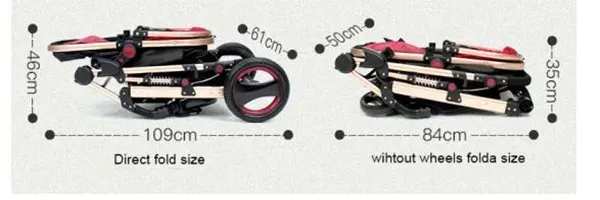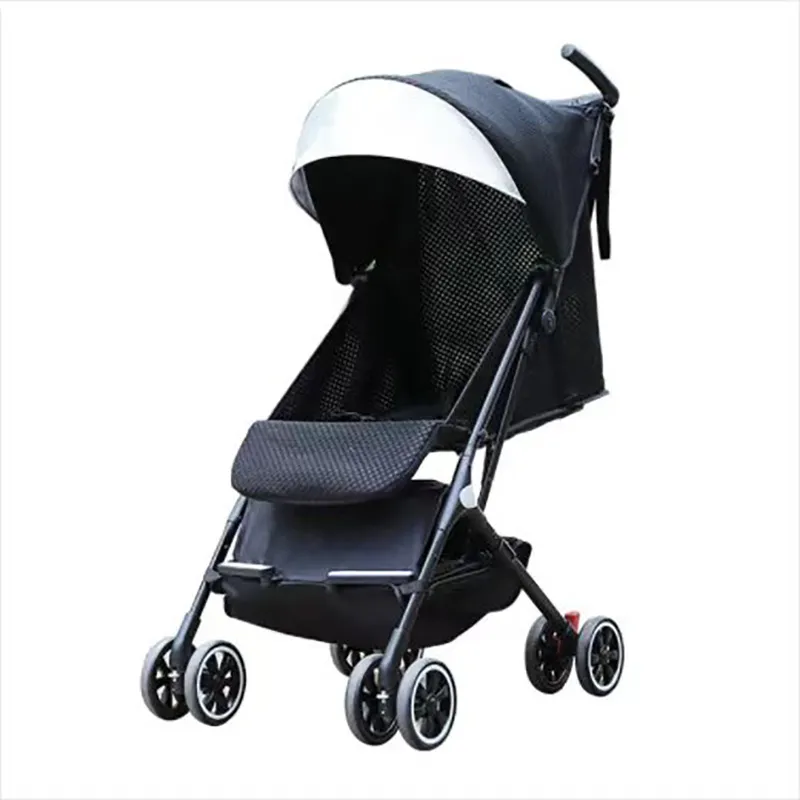
- Afrikaans
- Albanian
- Amharic
- Arabic
- Armenian
- Azerbaijani
- Basque
- Belarusian
- Bengali
- Bosnian
- Bulgarian
- Catalan
- Cebuano
- Corsican
- Croatian
- Czech
- Danish
- Dutch
- English
- Esperanto
- Estonian
- Finnish
- French
- Frisian
- Galician
- Georgian
- German
- Greek
- Gujarati
- Haitian Creole
- hausa
- hawaiian
- Hebrew
- Hindi
- Miao
- Hungarian
- Icelandic
- igbo
- Indonesian
- irish
- Italian
- Japanese
- Javanese
- Kannada
- kazakh
- Khmer
- Rwandese
- Korean
- Kurdish
- Kyrgyz
- Lao
- Latin
- Latvian
- Lithuanian
- Luxembourgish
- Macedonian
- Malgashi
- Malay
- Malayalam
- Maltese
- Maori
- Marathi
- Mongolian
- Myanmar
- Nepali
- Norwegian
- Norwegian
- Occitan
- Pashto
- Persian
- Polish
- Portuguese
- Punjabi
- Romanian
- Russian
- Samoan
- Scottish Gaelic
- Serbian
- Sesotho
- Shona
- Sindhi
- Sinhala
- Slovak
- Slovenian
- Somali
- Spanish
- Sundanese
- Swahili
- Swedish
- Tagalog
- Tajik
- Tamil
- Tatar
- Telugu
- Thai
- Turkish
- Turkmen
- Ukrainian
- Urdu
- Uighur
- Uzbek
- Vietnamese
- Welsh
- Bantu
- Yiddish
- Yoruba
- Zulu
ພ.ພ. . 31, 2025 11:44 Back to list
Compact Electric Bike for Urban Commutes Lightweight & Foldable Design
- The technology and innovation behind compact e-bikes
- Market growth statistics and adoption patterns
- Key manufacturers comparison table
- Custom solutions for varied urban lifestyles
- Real-world application scenarios
- Rider testimonials and experiences
- Future evolution of urban mobility solutions

(compact electric bike)
Revolutionizing Commutes with Compact Electric Bike Technology
Modern compact electric bike
s represent the pinnacle of urban transport innovation. With motors ranging from 250W to 750W, these lightweight yet powerful machines achieve speeds up to 28mph while maintaining remarkable energy efficiency. Lithium-ion battery technology enables 40-70 mile ranges on single charges, with the average 2-hour recharge costing merely $0.25. The transformative engineering extends beyond propulsion - foldable frames with patented hinge systems enable transformations from full-sized vehicles to suitcase-sized packages in under 15 seconds. Unlike traditional cycles, they incorporate regenerative braking that recaptures 15% of kinetic energy during stops. Safety remains paramount with integrated LED lighting systems and digital anti-theft trackers becoming standard across premium models.
Metropolitan Adoption Patterns and Market Data
Urban transportation has witnessed a seismic shift toward micro-mobility since 2020. Global sales of compact electric bikes surged to 17 million units in 2023, representing 34% year-over-year growth according to Deloitte Mobility Report. London leads European adoption with a 210% increase in daily riders during the past 24 months. Consumer surveys reveal 67% choose foldable e-bikes specifically for multi-modal commuting - combining cycling with trains or buses during their journeys. Unexpected usage patterns emerged during adoption analysis: 28% of compact e-bike owners report replacing car commutes entirely, while 41% utilize them for daily school runs. Manhattan's delivery couriers demonstrated an 11% productivity increase after switching to compact electric units.
Manufacturer Technical Specification Comparison
| Model | Motor Power | Range | Folded Dimensions | Weight | Price |
|---|---|---|---|---|---|
| Brompton Electric C Line | 250W | 45 miles | 23x23x11 in | 35 lbs | $3,195 |
| Tern Vektron S10 | 400W | 62 miles | 36x28x18 in | 46 lbs | $3,499 |
| Gocycle G4 | 500W | 50 miles | 25x30x13 in | 37 lbs | $5,299 |
| Dahon Mariner D8 | 350W | 38 miles | 32x28x14 in | 41 lbs | $2,899 |
Customization for Diverse Urban Requirements
Leading manufacturers offer modular accessories addressing distinct metropolitan challenges. For professionals traversing business districts, leather-clad commuter packages feature integrated laptop compartments and water-resistant panniers. Parents favor customized cargo configurations with patented Safe-T-Lock child seats tested to 77 lbs capacity. Food delivery specialists utilize dual-function thermal panniers maintaining contents at precise temperatures during transit. The military-grade locking mechanisms on premium models feature biometric recognition and cellular tracking. San Francisco's hills necessitated specialized 7-speed transmissions with hill-hold technology, while Copenhagen commuters prioritize wind-resistant canopy systems during rainy seasons. These tailored solutions have reduced commute times by 22% on average according to urban mobility studies.
Metropolitan Integration Success Stories
Amsterdam's transit revolution showcases comprehensive infrastructure integration. Their 'Bike & Ride' initiative installed storage hubs across 67 metro stations accommodating compact electric bikes. Commuters now combine cycling with public transport, reducing average journey times by 19 minutes. Tokyo apartment complexes have redesigned dwelling units featuring vertical storage walls that accommodate folding cycles within studio apartments. Chicago's innovative 'Cycle Docks' program introduced charging stations at convenience stores, enabling riders to power batteries during errands. Perhaps most impressive is Singapore's corporate adoption - 89% of major employers now provide secure charging facilities and tax incentives for compact e-bike commuters, decreasing rush-hour congestion by 31% since implementation.
Rider Experiences and Practical Usage Insights
Actual owner experiences reveal nuanced advantages beyond specifications. Financial analysts report saving $378 monthly versus subway passes in New York while gaining 7 productive hours weekly from avoided traffic delays. Elderly users particularly appreciate the zero-emission Boost Mode assisting steep inclines. Unexpected benefits emerged: 73% of respondents indicated improved mental health from consistent outdoor travel. Maintenance logs demonstrate exceptional reliability - chains require replacement only every 4,200 miles compared to 1,100 miles on traditional bicycles. Professional dog walkers utilize specialized trailers attached to compact e-bikes, tripling their client capacity. The waterproof fabric technologies integrated into storage solutions protect contents during torrential downpours - a critical feature in tropical cities like Miami.
The Horizon for Compact Electric Bike Innovation
Urban mobility's trajectory points toward increasingly sophisticated compact electric bike solutions. The next generation will integrate with smart city infrastructure - navigation systems alerting riders to available public transport connections and parking spaces. Battery innovations promise 50% density increases within 3 years without weight penalties. Safety enhancements include predictive collision avoidance using proximity sensors and adaptive headlight beams. Manufacturers increasingly utilize sustainable aerospace-grade aluminum alloys improving durability while reducing weight to under 30 lbs. As regulations evolve, dedicated folding bike lanes will emerge beside rapid transit stations. Ultimately, these innovations converge toward making compact electric cycles the primary solution for last-mile connectivity in tomorrow's sustainable cities.

(compact electric bike)
FAQS on compact electric bike
Q: What is the difference between a compact electric bike and a compact e-bike?
A: "Compact electric bike" and "compact e-bike" are interchangeable terms. Both refer to lightweight, foldable bicycles with electric motors. The naming variation is purely stylistic.
Q: What makes a compact electric bike ideal for urban commuting?
A: Compact electric bikes are lightweight, easy to store, and designed for short city trips. Their electric assist helps navigate traffic and hills efficiently. Foldable frames also simplify multi-mode transportation (e.g., trains or buses).
Q: Can the Metro+ Deluxe Compact Stroller be paired with a compact e-bike?
A: Yes, the stroller’s slim foldable design fits in bike cargo baskets or trailers. It complements compact e-bikes for families needing child transport. Ensure the bike’s weight capacity supports both stroller and child.
Q: How long does a compact e-bike battery typically last?
A: Most batteries last 20-50 miles per charge, depending on terrain and power usage. Charging takes 3-6 hours. Removable batteries allow easy recharging at home or work.
Q: Are compact electric bikes suitable for steep hills?
A: Mid-drive motors perform best on hills by leveraging gears. Many compact e-bikes use hub motors, which may struggle on steep inclines. Check motor type and torque specs before purchasing.
-
Revolutionize Ride with Our Electric Bicycles
NewsMay.13,2025
-
Revolutionize Playtime with Our Kids Electric Cars
NewsMay.13,2025
-
Our Premium Carbon Fiber EBikes
NewsMay.13,2025
-
Discover the World of Kids Honda Four Wheelers
NewsMay.13,2025
-
Destination for Electric Bikes The E Bike Store
NewsMay.13,2025
-
Adventure Awaits Off Road Vehicles for Kids
NewsMay.13,2025
-
Unleash Fun and Safety with the Best 3 Wheel Scooter
NewsApr.29,2025



